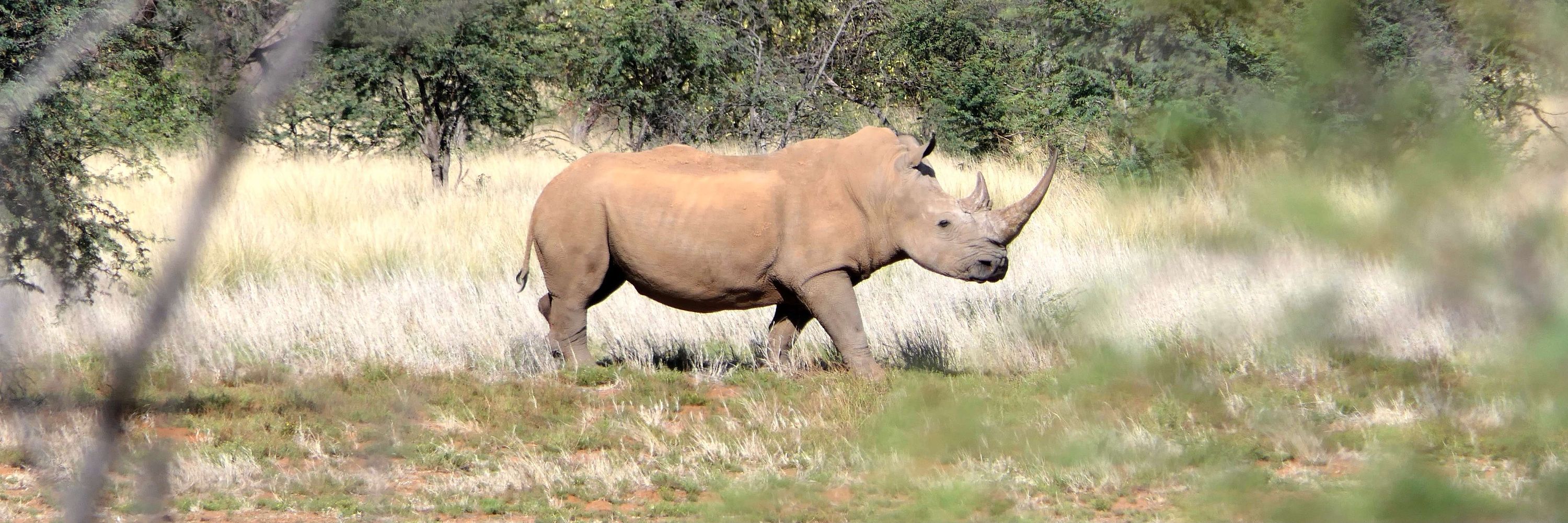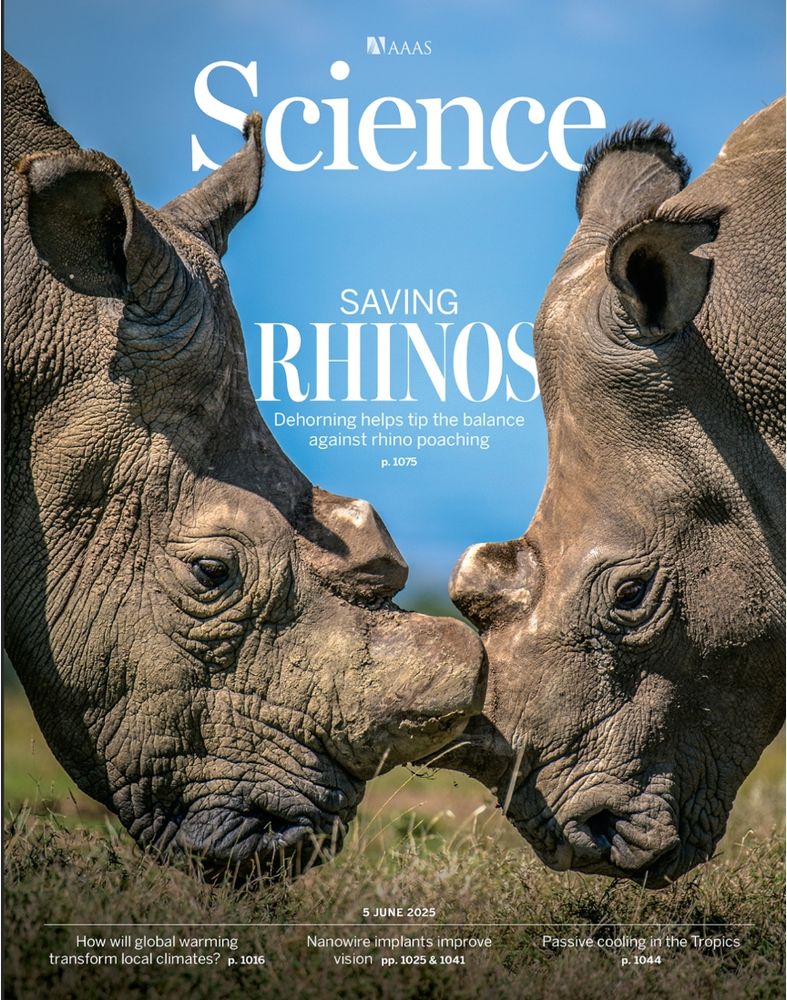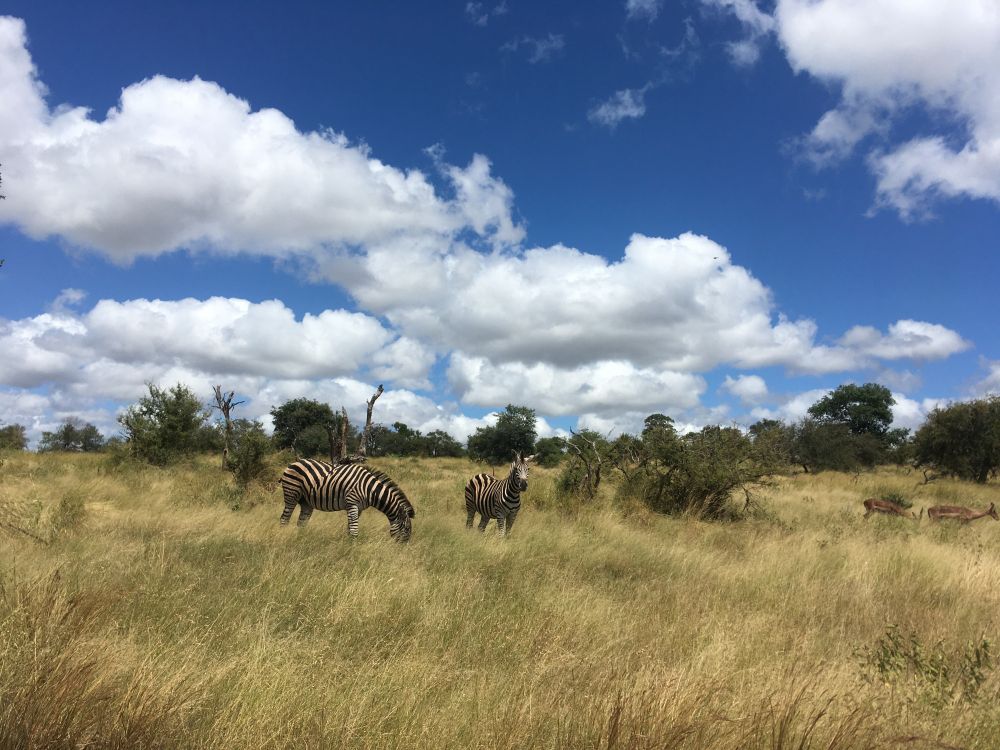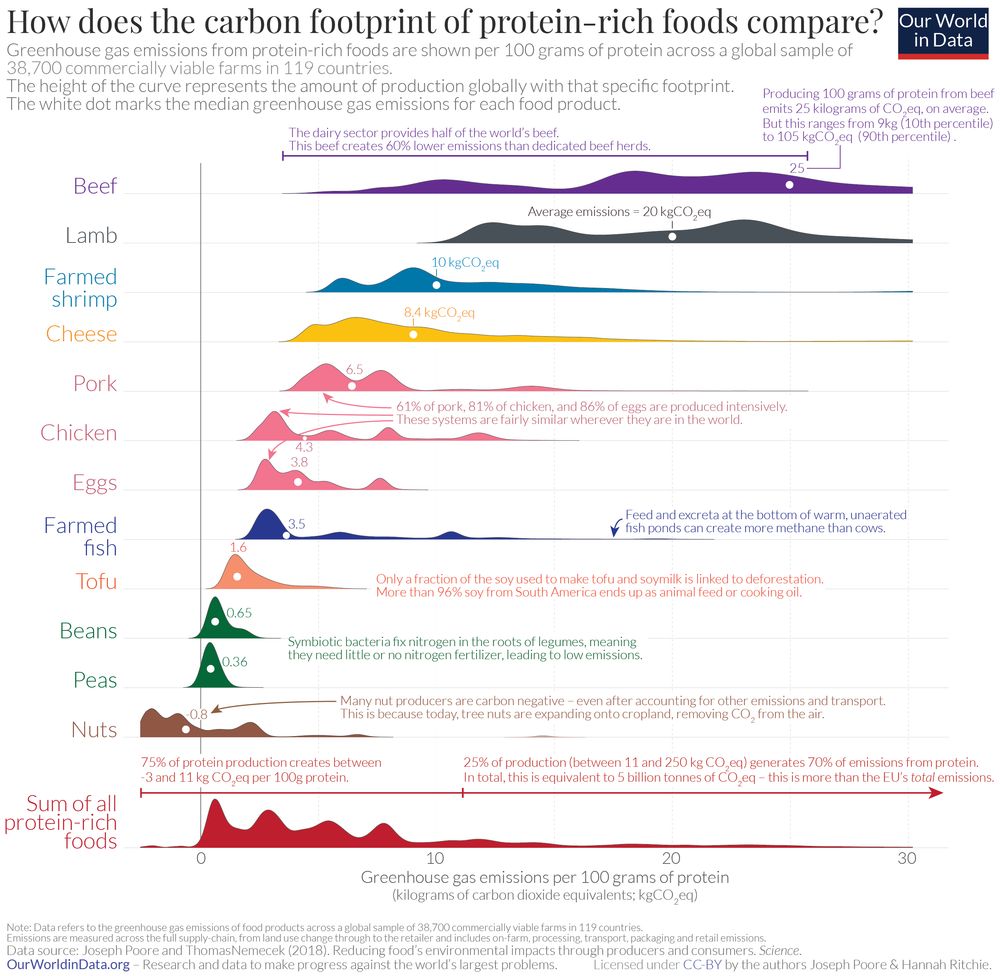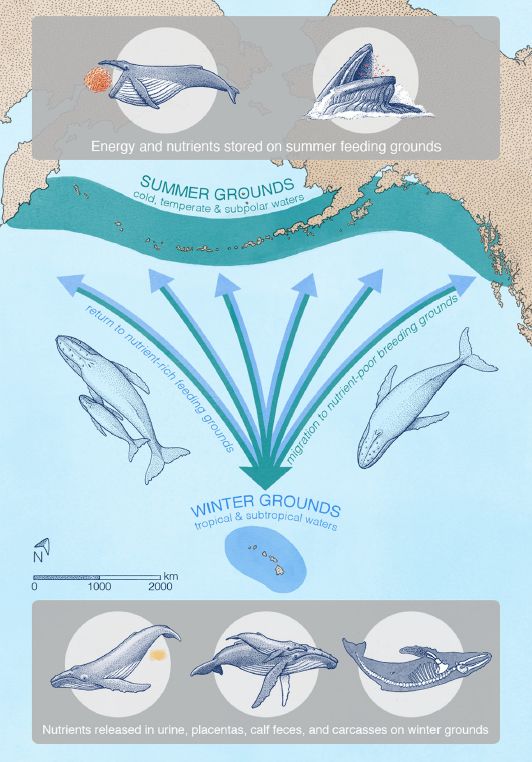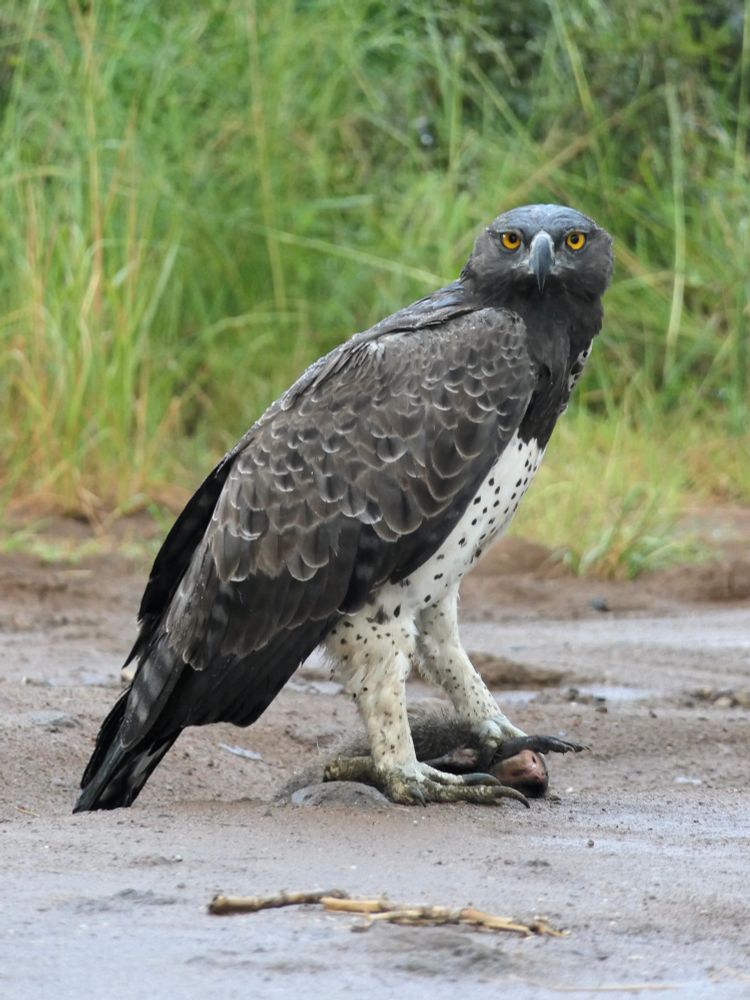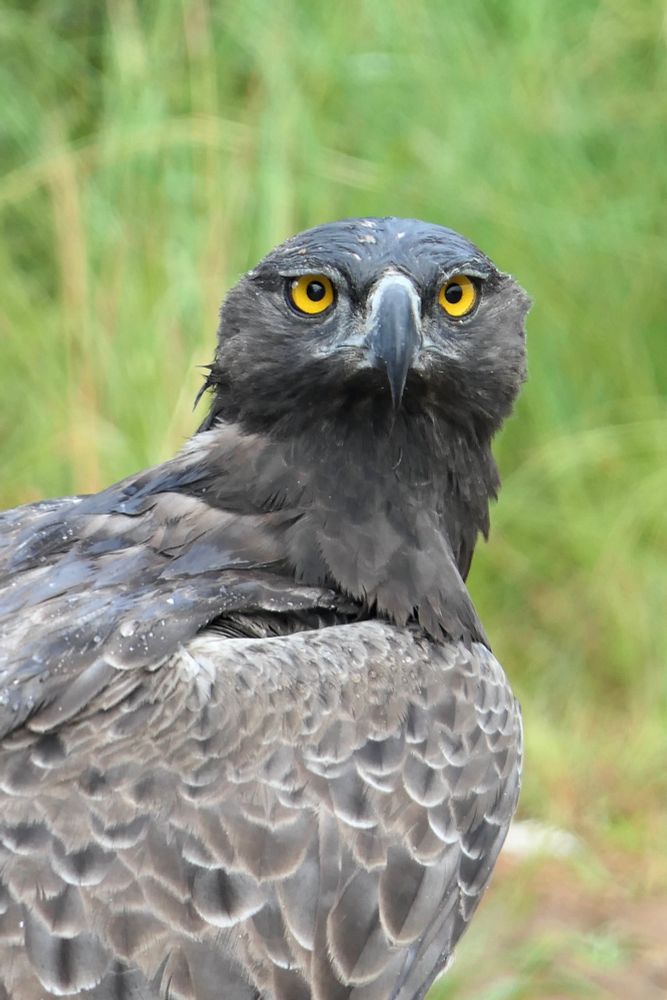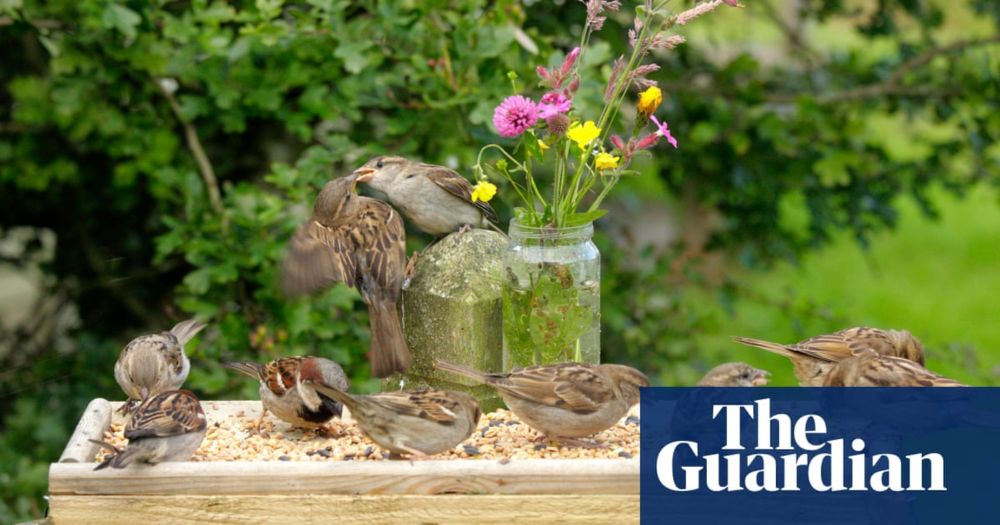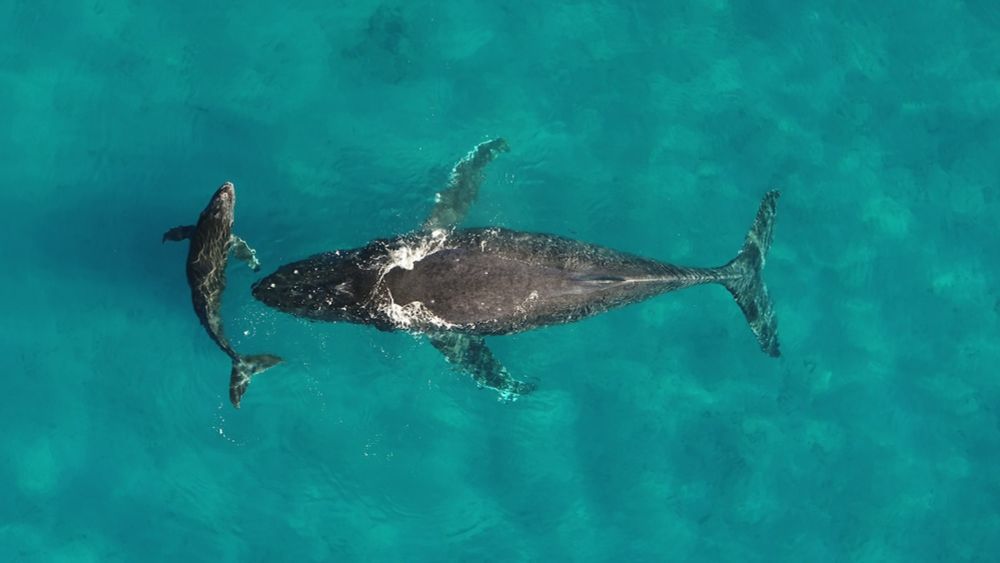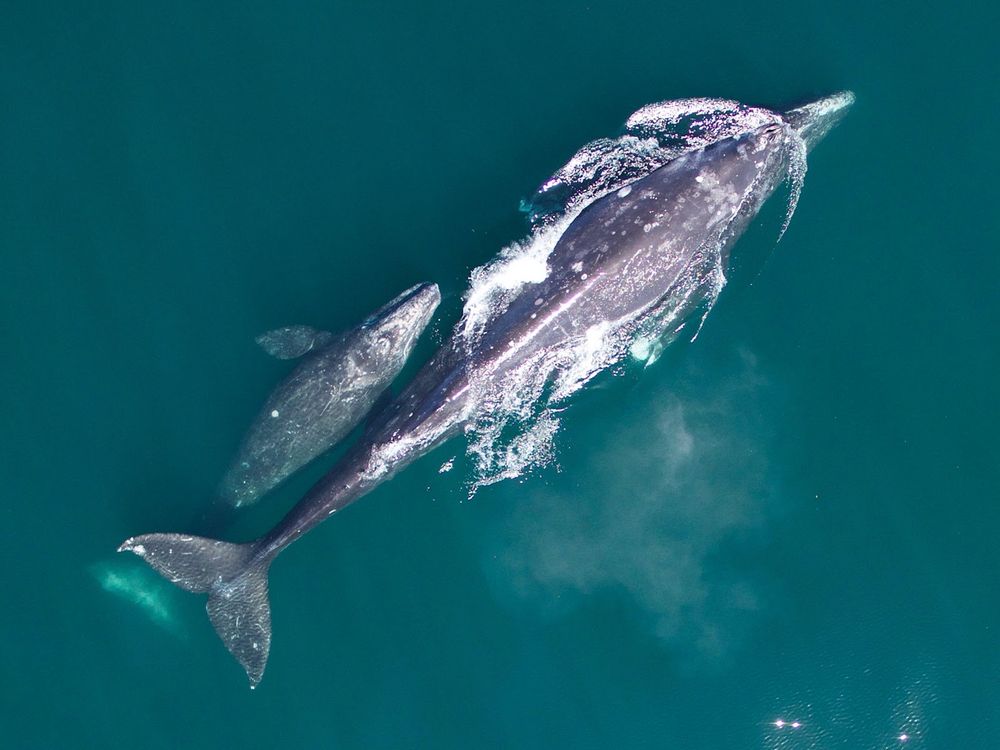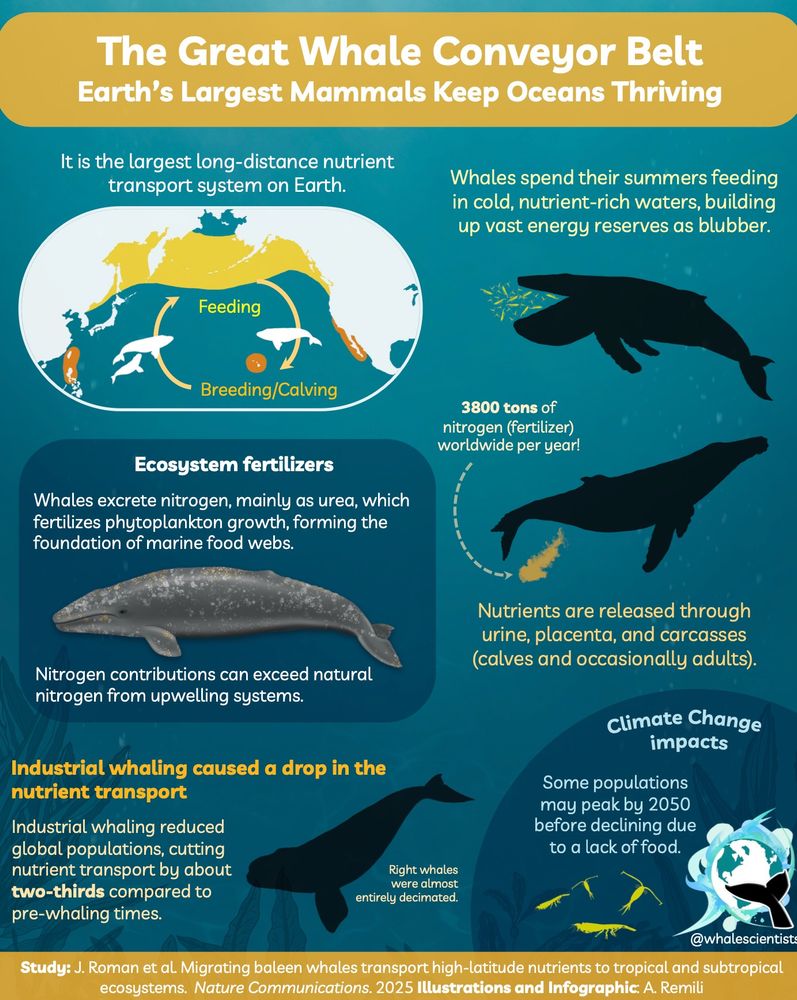Andrew Abraham
@andrewabraham.bsky.social
1.2K followers
320 following
55 posts
Marie Skłodowska-Curie Fellow at @ECONOVO - Aarhus University
biodiversity | ecology | global change | rewilding | wildlife management
Posts
Media
Videos
Starter Packs
Andrew Abraham
@andrewabraham.bsky.social
· May 29
Reposted by Andrew Abraham
Andrew Abraham
@andrewabraham.bsky.social
· May 14
Reposted by Andrew Abraham
Reposted by Andrew Abraham
Andrew Abraham
@andrewabraham.bsky.social
· Mar 10
Andrew Abraham
@andrewabraham.bsky.social
· Mar 10
Andrew Abraham
@andrewabraham.bsky.social
· Mar 10
Andrew Abraham
@andrewabraham.bsky.social
· Mar 10
Andrew Abraham
@andrewabraham.bsky.social
· Mar 10
Reposted by Andrew Abraham
